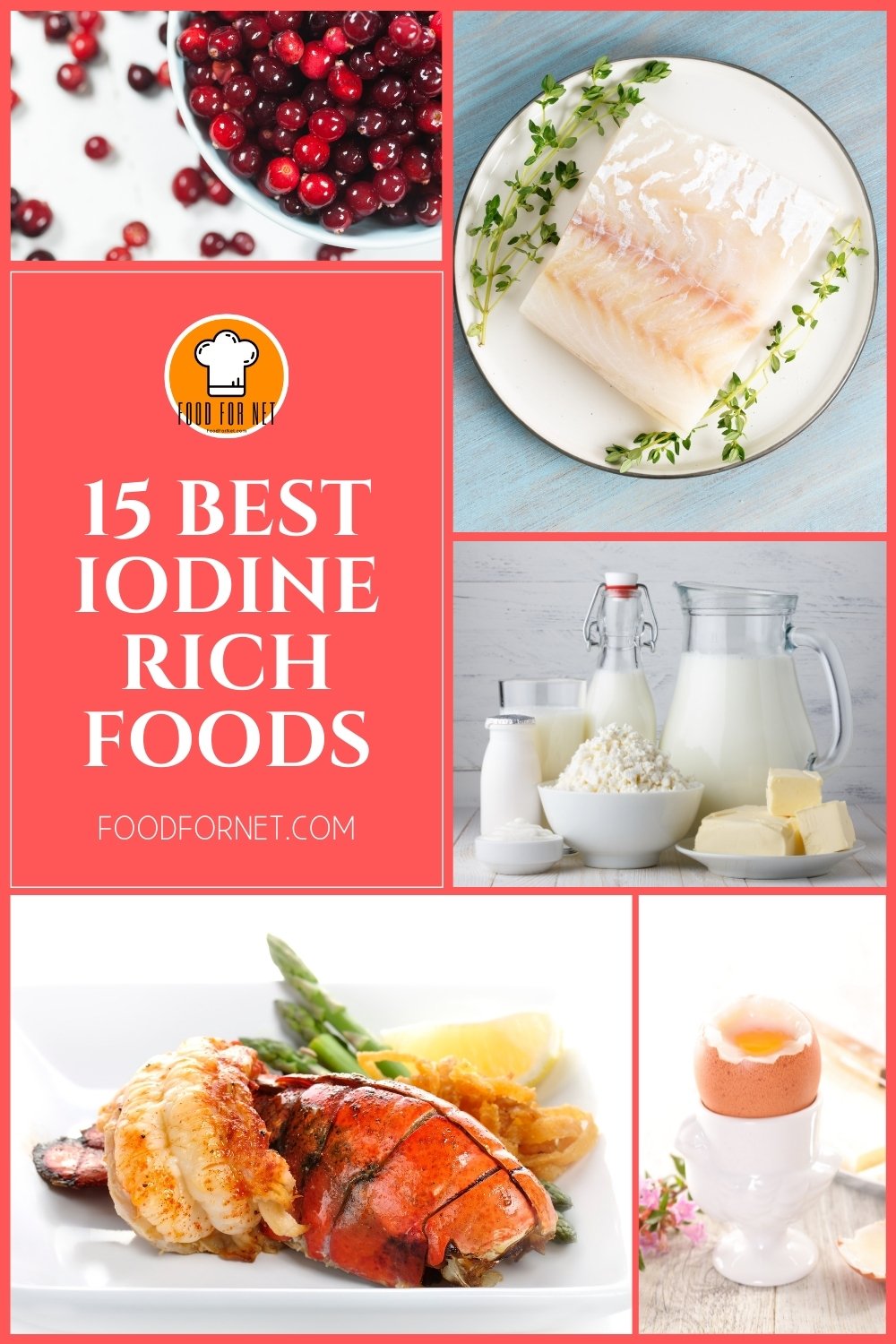
Iodine is an essential element that our bodies use to create thyroid hormones. Thyroid hormones are important for regulating the metabolism, as well as controlling growth and repairing damaged cells. Unfortunately, around a third of the world’s population are deficient in iodine.
The recommended daily intake of iodine is 150 mcg for adults. This can be obtained through the foods you eat, but you have to know which foods supply the most iodine and balance your iodine intake. Too much can be as bad as too little.
The 15 best foods for iodine include seafood, as well as land-based animal products, and a few vegetables and fruits. To learn more about which foods can boost your iodine intake the most, read through this list of iodine-rich foods. At the end of the article, I’ll share a few meal ideas that can help you increase the amount of iodine you get in your diet.
15 Fantastic Iodine-Rich Foods
- Seaweed
- Iodized salt
- Boiled eggs
- Tuna
- Cod
- Baked Potato
- Dairy Products
- Sushi
- Shrimp
- Cranberries
- Turkey
- Lobster
- Prunes
- Lima beans
- Strawberries
Seaweed
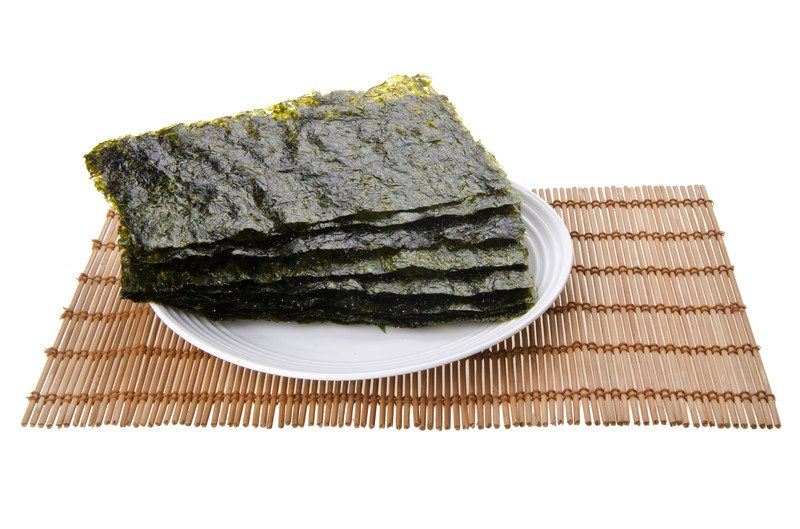
Seaweed is a generic term for a variety of plants and algae that grow in the ocean and sometimes in rivers or lakes. As a food source, seaweed that comes from the ocean is high in iodine. Some plants are better than others, too.
For example, just one gram of seaweed called Kombu contains 2,000% of the recommended daily intake of iodine. Nori seaweed, which is the type used for making sushi, contains 232 mcg of iodine per serving, which is around one and a half times the recommended daily amount. Kelp, wakame, dulse, and blue-green algae, including spirulina, are also considered seaweeds, and they contain relatively high amounts of iodine.
Iodized Salt

One of the easiest was to get iodine in the diet is by using iodized salt to help flavor your food. To make iodized salt, plain salt is sprayed with sodium iodide or potassium iodide. The finished product looks and tastes the same, but the additional iodine can make it a great resource for people looking to increase their iodine intake.
In the United States, one gram of iodized salt contains about 45 mcg of iodine. That’s almost a third of the recommended daily intake for adults. A full daily dose of iodine could be obtained from around ¾ teaspoon of iodized salt.
Boiled Eggs
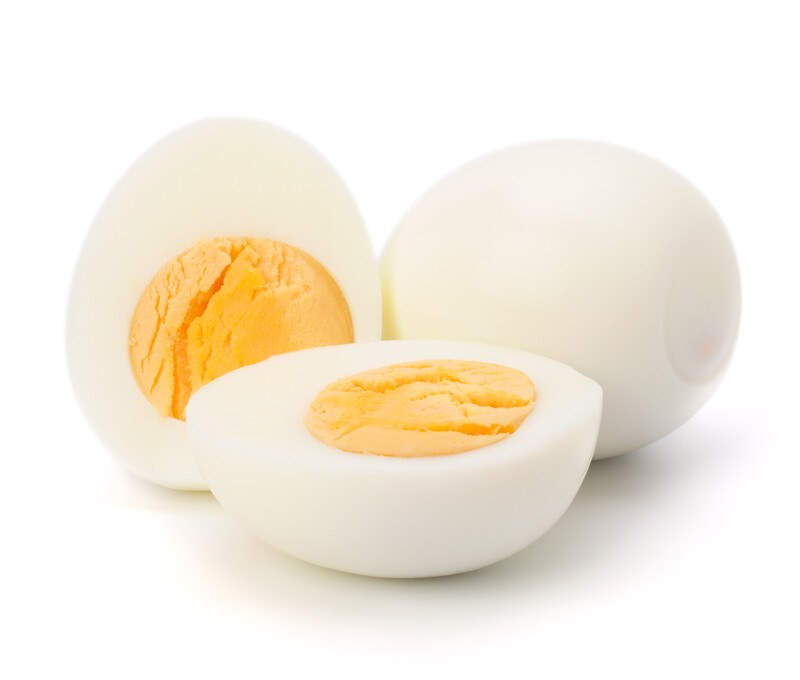
One egg has around 26 mcg of iodine. That’s about 16% of the recommended daily allowance of iodine for adults. The yolk of the egg, which is where most of the iodine is found, is also high in selenium. Selenium acts as an antioxidant to help prevent oxidative stress that could damage the thyroid. One egg contains around 20% of the recommended daily allowance of selenium.
Besides iodine and selenium, eggs contain both choline and vitamin A, which also support a healthy thyroid function, as well as the amino acid tyrosine. Tyrosine is one of the necessary building blocks for thyroid hormones. Eggs are of course an easy source of protein aside from being a nutrient powerhouse.
Tuna
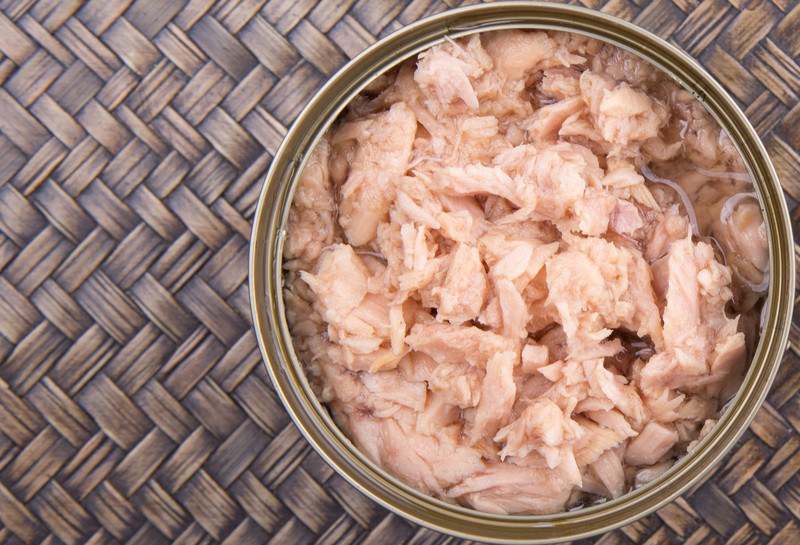
As a fatty fish, tuna contains both omega-3 fatty acids and significant amounts of selenium. These compounds help lower inflammation, and that can be great news for the thyroid in some cases.
Because it comes from the sea, it contains relatively high amounts of iodine, as well. One 3-oz portion of tuna contains around 17 mcg of iodine, or around 11% of the recommended daily intake. Canned tuna contains around 10 mcg of iodine per 100 gram serving.
Cod
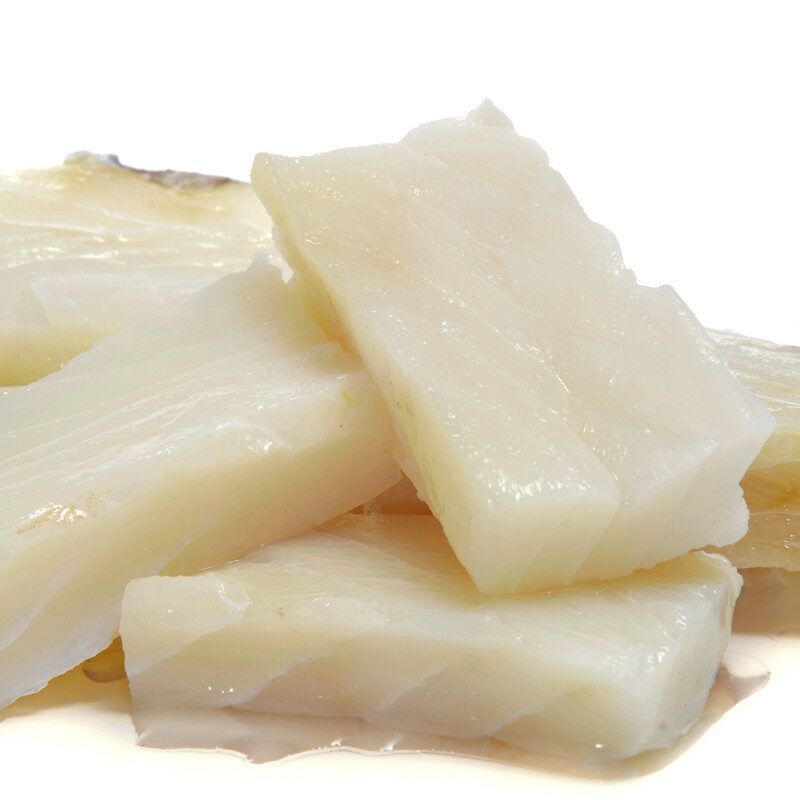
Like tuna, cod is a fish that comes from the ocean. This is one of the most significant animal sources of iodine. A three-ounce serving of cod supplies around 158 mcg of iodine, which meets the recommended daily intake.
Because it’s a leaner fish, cod doesn’t contain as many omega-3 fatty acids as tuna does. However, it’s rich in other thyroid-supporting nutrients, including selenium and choline. Cod also contains potassium, vitamin D, vitamin B12, vitamin B6, magnesium, and iron. One cod fillet contains 41 grams of protein, as well. This is about 82% of the recommended daily intake of protein.
Baked Potato
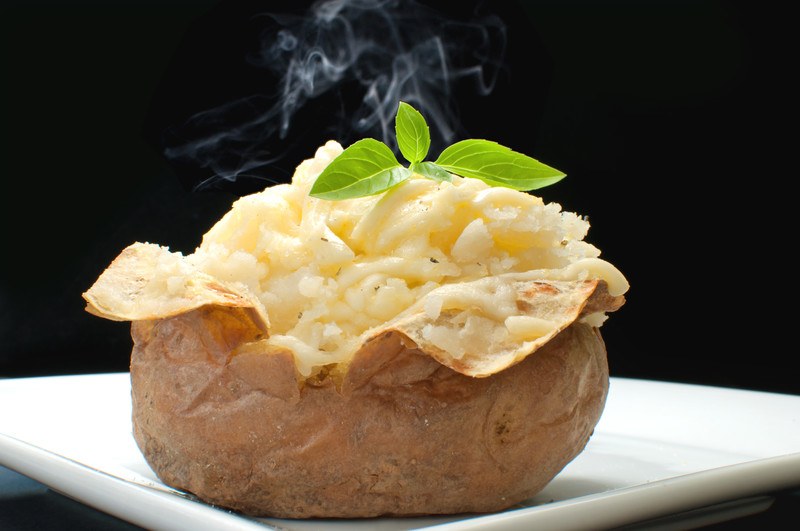
When it comes to fruits and vegetables, the amount of iodine and other nutrients found in them depends partly on where they grow. If the soil they grow in contains iodine, they will contain higher levels of iodine than those grown in soil that’s iodine-deficient.
Having said that, some fruits and vegetables are higher in iodine than others. Baked potatoes are comparatively higher in iodine. One skin-on baked potato contains around 40% of the daily recommendation or around 60 mcg of iodine. Potatoes are also a great food for flavoring with iodized salt and dairy products, such as sour cream or butter.
Dairy Products
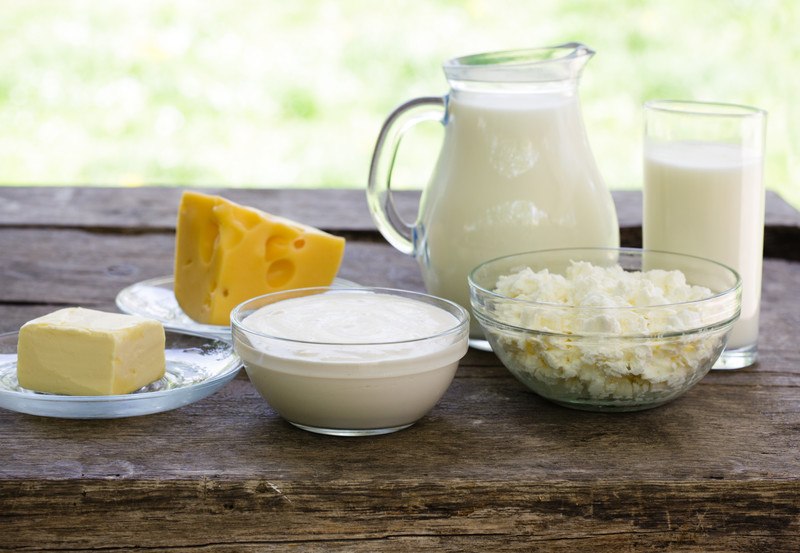
Overall, dairy products contain significant levels of iodine. The amount varies from product to product. One cup of cottage cheese contains around 65 mcg of iodine. An ounce of cheddar cheese contains around 12 mcg, and a cup of milk contains around 85 mcg. A cup of plain low-fat yogurt has around 75 mcg.
Dairy products are an easy way to get iodine partly because they pair well with so many other foods. For example, cottage cheese makes a great side on its own, while sour cream, butter, and cheese make great toppings for foods like baked potatoes.
Sushi
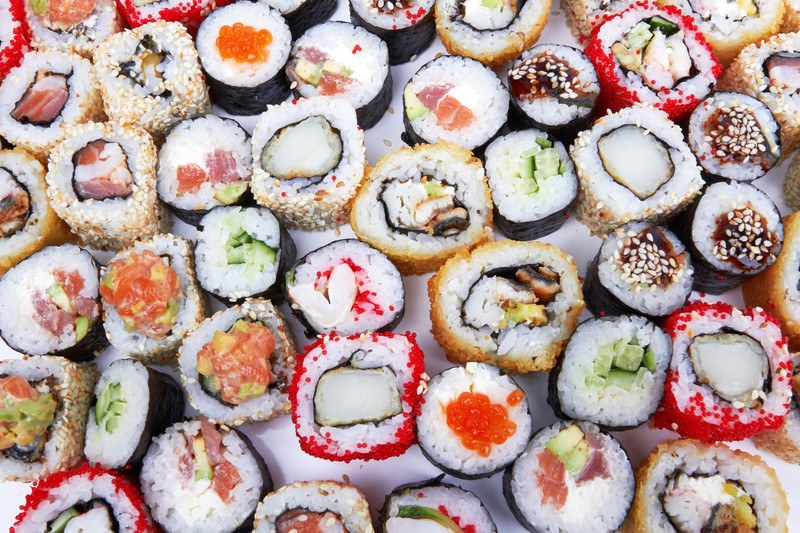
One sushi roll contains around 92 mcg of iodine. That’s more than half of the recommended daily intake for iodine, with good reason: sushi is usually made using nori seaweed, which is rich in iodine. Most sushi recipes also contain salt-water fish. One sushi roll can contain 16-43 mcg of iodine.
The nice thing about sushi is that there are so many types of sushi rolls to try. Sushi ranges from sashimi, which is fish or shellfish on its own, to maki and nigiri, which are wrapped in seaweed. This means the iodine content varies, from recipe to recipe, too. If you want more iodine in your diet, one of the seaweed-wrapped options could be a perfect choice.
Shrimp
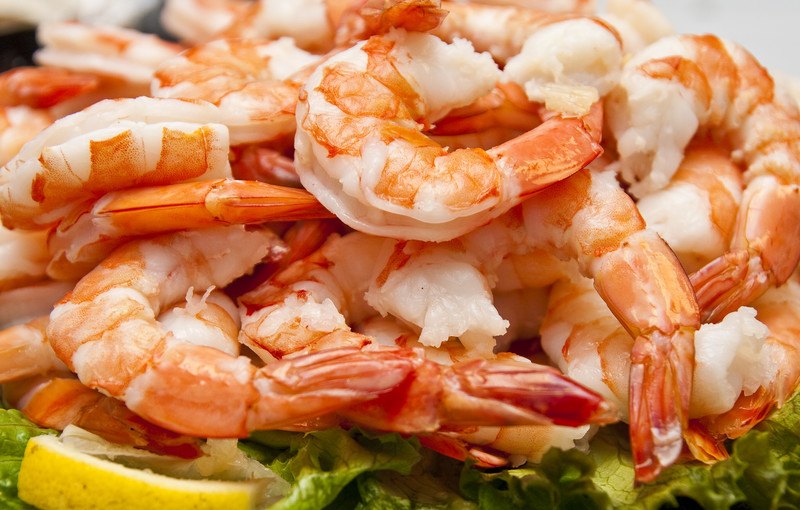
Shrimp is another seafood that’s relatively high in iodine and can be eaten in several different ways. It can be cooked at the table as part of hot-pot meals, boiled, fried, or battered and deep-fried, and it can even be added to stews like gumbo.
This versatile food has about 35 mcg of iodine in one 3-ounce serving. That’s around 23% of the recommended daily intake. You can enhance the iodine content of the meal by serving shrimp alongside another seafood or a baked potato garnished with dairy products.
Cranberries
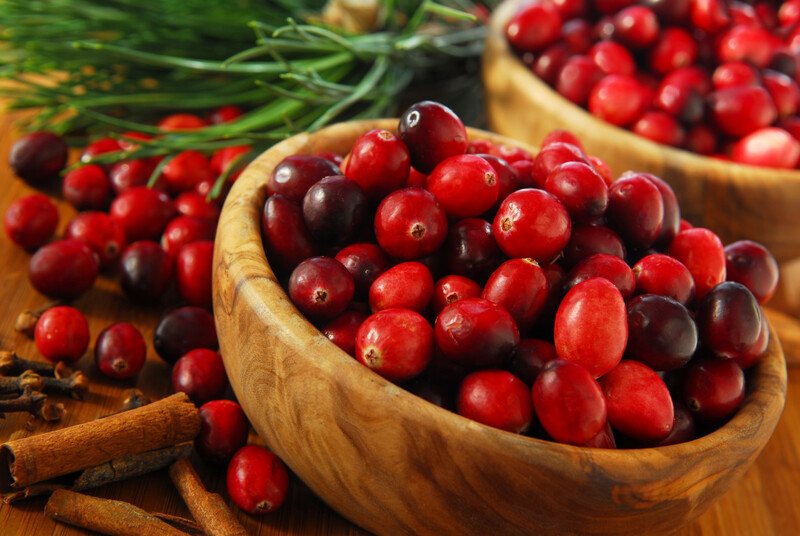
While most fruits are low in iodine, cranberries can contain decent levels of it. It really depends on where the cranberries are grown. The closer they are to the ocean, the more iodine content the cranberries have. Some cranberries contain around 400 mcg of iodine in a 4-ounce serving.
Cranberries are a nutritionally dense food. Besides iodine, cranberries are packed with antioxidants and compounds that can help reduce the risk of heart disease and urinary tract infections. The compounds in cranberries can also help fight cancer.
Turkey
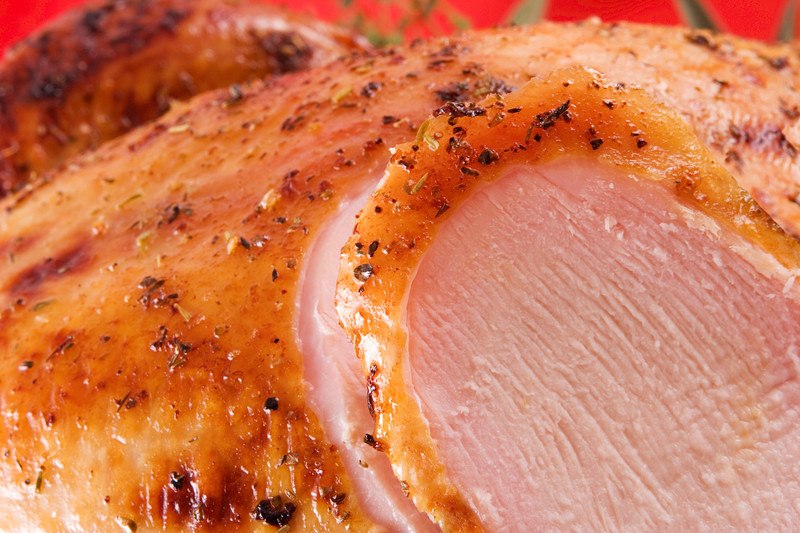
At Thanksgiving, cranberries are often paired with roasted turkey—which has its own claim to relatively rich iodine levels. Three ounces of baked turkey breast contains around 34 mcg of iodine, about a fifth of the recommended daily intake.
The same serving size also supplies around 31 mcg of selenium, as well as significant amounts of choline and tyrosine.
Lobster

Lobster is a luxury food that’s high in iodine and works well with many sides. One serving of lobster (at 100 grams) contains 100 mcg of iodine—around 2/3 of the recommended daily intake.
Lobster is often served with other seafood, such as shrimp or steamed clams. As a side dish, potatoes can add to the iodine content of a lobster meal, too.
Besides iodine, Lobster provides protein, copper, zinc, vitamin B12, and 190% of the recommended daily intake of selenium. Lobster is also a decent source of some omega-3 fatty acids, including the fatty acids EPA and DHA. These compounds are known to protect heart health and lower cholesterol.
Prunes
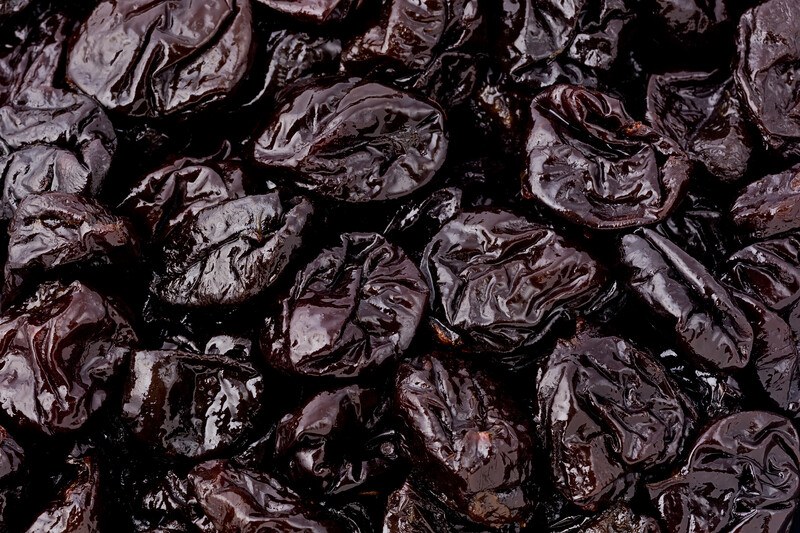
As far as land plant products go, prunes are one of the best sources of iodine. A serving of five dried prunes supplies 13 mcg of iodine. That’s about 9% of the daily recommended intake of iodine.
Prunes are also relatively high in other nutrients. A cup of pitted prunes contains 27% of the daily recommended intake for vitamin A, 20% for vitamin B6, and 17% for magnesium. Prunes are also known for their high fiber content.
Lima Beans
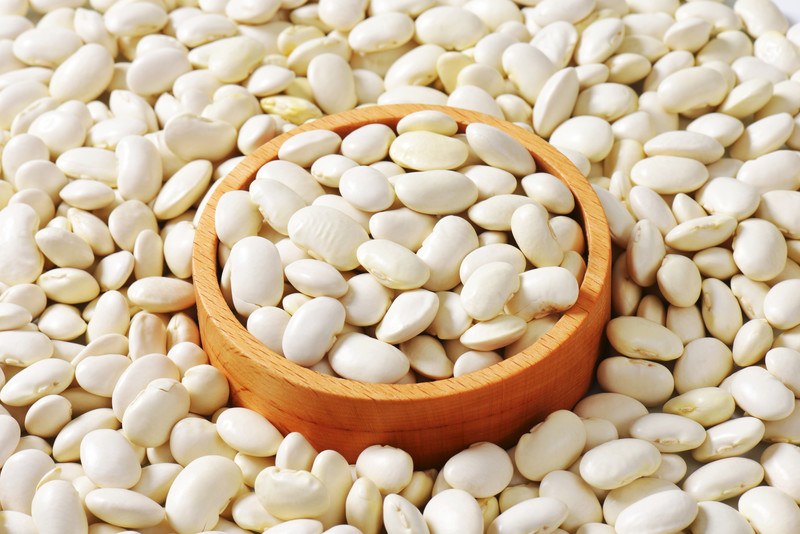
Lima beans, also known as butter beans, are a surprising source of iodine. A one-cup serving supplies 16 mcg of iodine. This is around 10% of the recommended daily value.
One cup of lima beans provides a significant amount of fiber, protein, folate, calcium, iron, vitamin B6, and magnesium. It also provides around 14% of the daily recommendation for choline, as well as some selenium and tyrosine, which are necessary for proper thyroid function.
Strawberries
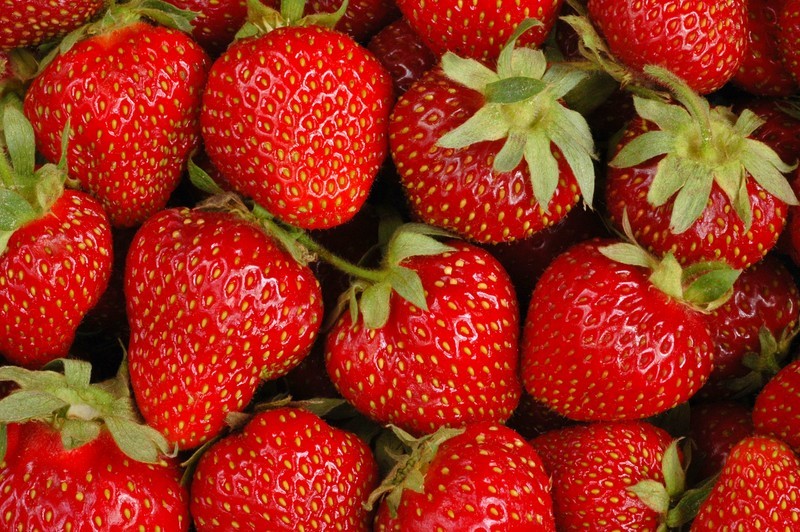
Strawberries are one of the only fruits known to contain significant amounts of iodine. A one-cup serving of strawberries provides around 13 mcg of iodine. This is around 8.6% of the recommended daily value.
Besides strawberries, there are a few other fruits that contain decent levels of iodine. These include pineapple, coconut, apricots, mangos, dates, and bitter melon. Rhubarb, artichokes, and spinach contain some iodine, as well.
Five Fancy Dishes For Increasing Iodine Intake
Now that you’ve read through this list of the 15 best foods for iodine, let’s chat about some fun, semi-fancy ways to increase your iodine intake! This happens easily when you combine some of the iodine-rich foods into meals that wow your taste buds.
Lobster, Shrimp, and Potato Wedges
A lobster dinner with shrimp and potato wedges could easily help you get more than the full daily recommended intake of iodine. It can be a bit spendy, but it’s a delicious and fancy way to give your thyroid the boost of iodine it needs.
Thanksgiving Feast
A Thanksgiving feast is an easy iodine fix that doesn’t have to happen just once a year. Turkey, potatoes, and cranberries all contain iodine. Whipped cream for fruit salad and pie, as well as other dairy products, could lift the iodine intake levels even higher.
Quiche
Quiches contain eggs, as well as other iodine-rich ingredients such as spinach and cheeses. There are several types of quiche recipes to try. Serving them for breakfast can provide a great iodine boost for starting the day.
Strawberry Rhubarb Pie With Whipped Cream
This easy dessert combines strawberries and rhubarb—two plant-based sources of iodine—into a delicious pie that can be served with whipped cream or ice cream. The iodine levels for this dish aren’t overwhelmingly high, but it can add to the other ways you increase your iodine intake throughout the day.
Sushi And Strawberries
This easy, light lunch requires maki sushi from the local deli and a dish of sliced strawberries. It’s super-easy and can increase your iodine intake significantly.





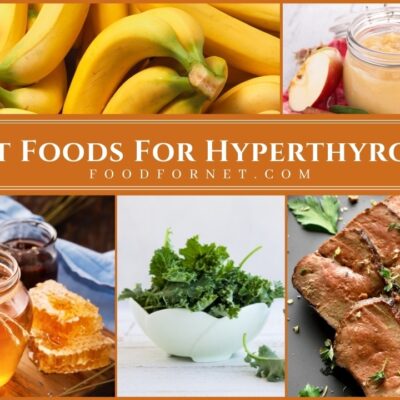
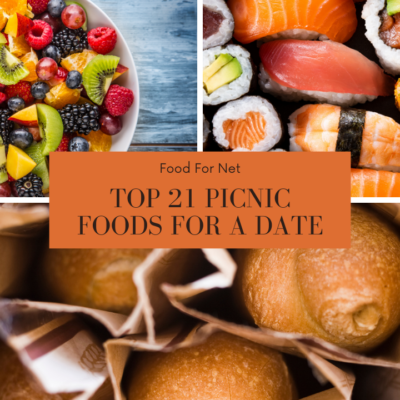



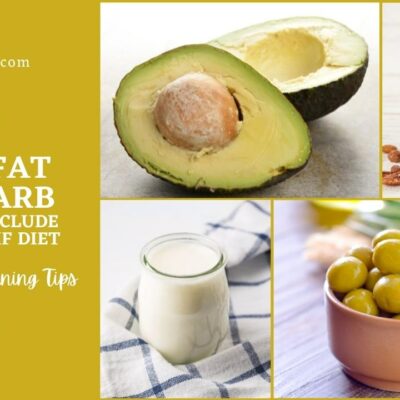
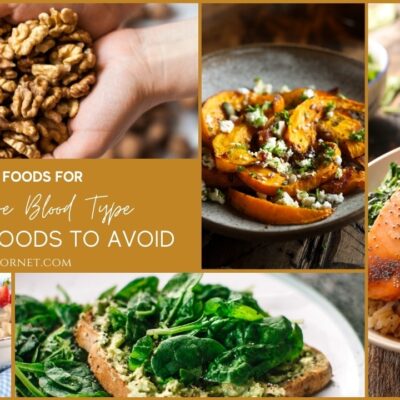


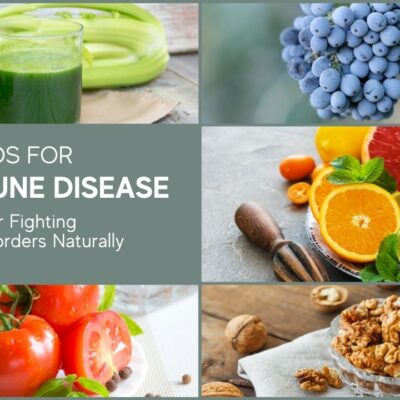


 Is Granola Good For You?
Is Granola Good For You?
Leave a Reply